Singapore’s watch scene often flies under the radar, with locals gravitating toward more established international brands. In a space like this, it takes more than just interest—it takes obsession, grit, and a deep love for the craft to keep going.
We took a closer look at the people behind some of the nation’s most compelling micro watch brands, capturing them at their most raw and unvarnished.
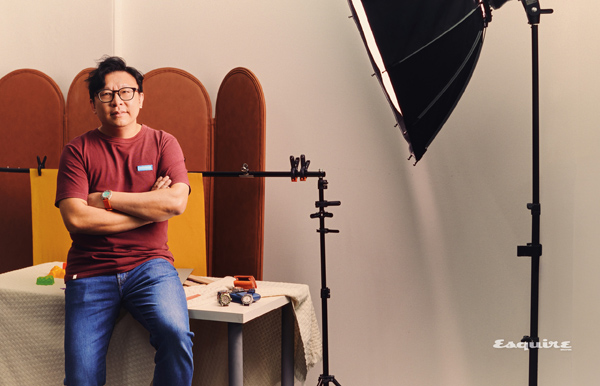
Founded in 2023, Ubiq is the newest kid on the block in Singapore’s small but curious world of micro watch brands. We ventured out to Ubi industrial park to shoot and speak with its founder, Drayson Phua. But when we arrived, the sign by the door only displayed the words “TADA”. Not a hint of a watch brand in sight. But then the door opened, and there was Phua, smiling.
By day, he’s the creative director of TADA, a design agency, buried in work for companies like Watsons, Changi Airport, and PSA. By night, when the sun goes down, he’s still at a desk, but the one at home, answering questions from enthusiastic strangers across the globe on Kickstarter, all curious about Ubiq’s latest collection: the Trek.
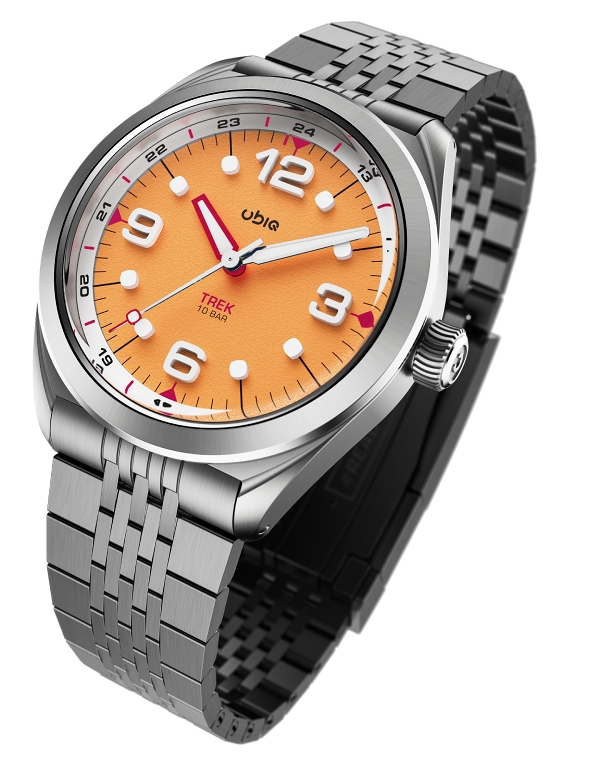
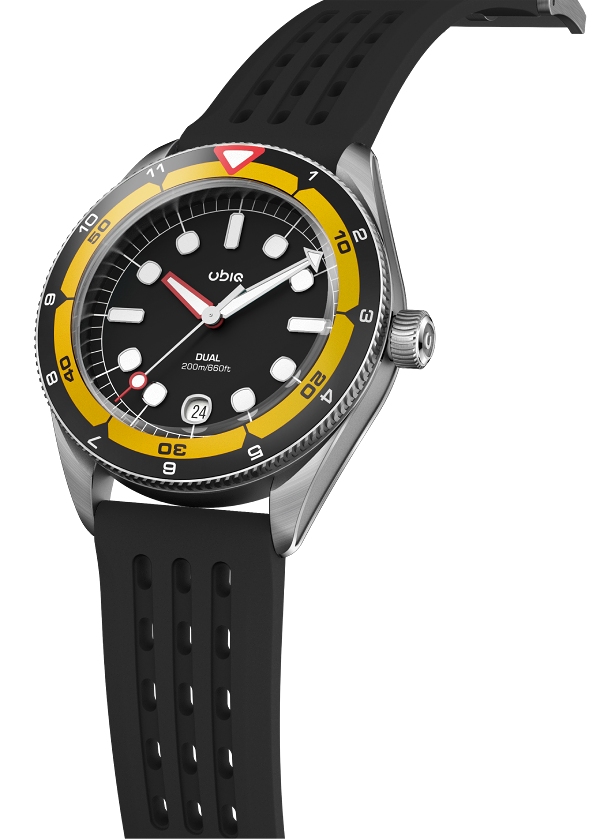

“Do you ever feel like you’ll burn out from the hustle?” I ask.
As a designer who’s been around for a long time, Phua tells me that he’s still learning the business side of things—pitching for projects, advertising his watches—those are the challenging areas, but they keep things fresh. “I've been a designer for the past 20 years,” he says. “So I wouldn’t say I’ll burn out because I’m still doing what I love, which is designing.”
Have a gander at Ubiq’s catalogue and you’ll notice the vibrancy of it all. Born from the desire to create a meaningful watch that could be passed down, his watches are all in some way connected to his son. Think memories from the beach, the toys he plays with, the storybooks he falls asleep to—all of it distilled into sporty 39mm timepieces.
“Vibrant colours have always brought to me a sense of positivity, so I hope my watches give people a sense of optimism when they wear one.”
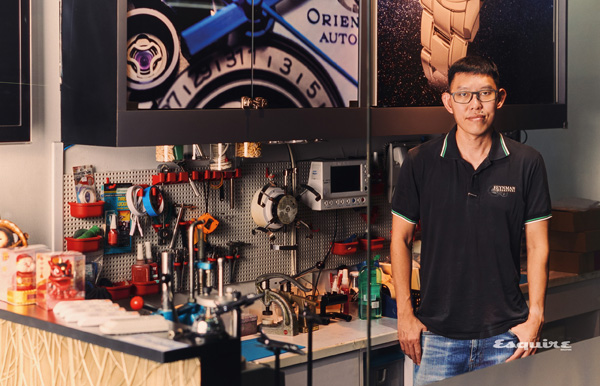
Feynman’s namesake was derived from the founder, Yong Keong Lim’s son, Feynman. But the young boy’s influence goes deeper than the surface. The brand’s signature design element—a hand shaped like a lizard’s tail was inspired by Feynman’s fascination with reptiles and lizard toys.
For Lim, Feynman is still a part‑time endeavour. Day-to-day, he runs a watch distribution shop called Big Time SG, where he sells a variety of well‑made pieces from across Asia. But if you wander to a little corner of the shop, you’ll find a small collection of Feynmans tucked away inconspicuously. As I examined one in my hand, Lim explained what went into making it.
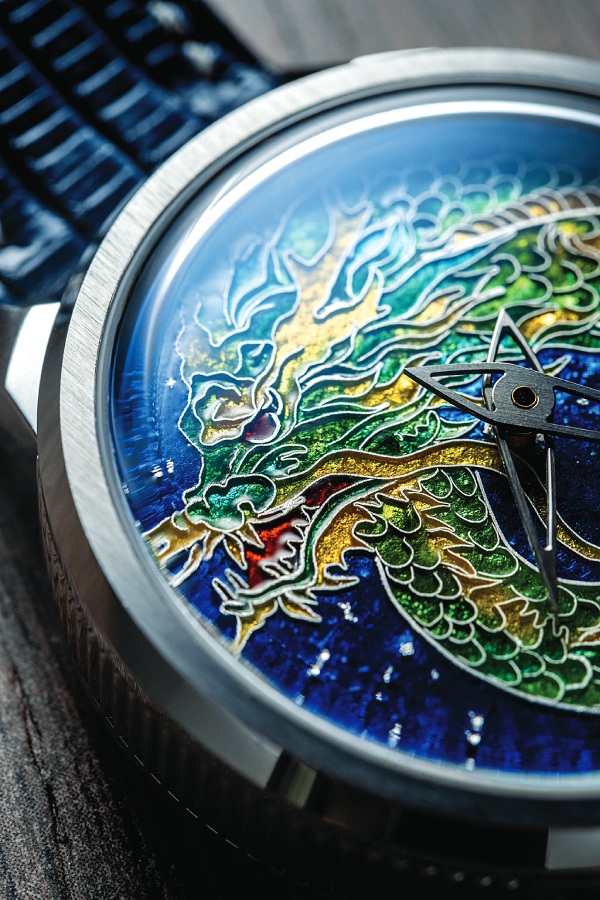
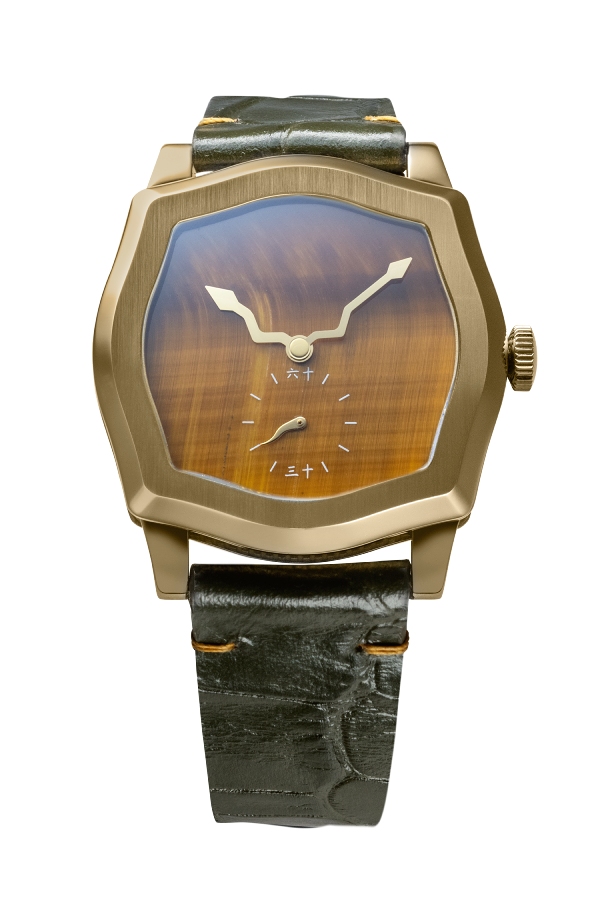
It starts with him working through the night after long shifts, designing many of the watches himself. Then there’s the strap—every single watch is fitted with a custom leather one, lined and stitched by a dedicated strap maker. Some special straps even bear Peranakan beadwork, tiny beads patiently hand-stitched into the leather by a master artisan.
The Coalesce collection features a range of watches with dials painstakingly hand-enamelled over several days, each one forming intricate, silver-wired depictions of animals. Lim mentioned how he only works exclusively with a single enamellist. As her craft deepens with each attempt, Feynman's watches grow more complex alongside her. Some models, like the limited-edition Dragon Cloisonne enamel, are meticulously hand-assembled in the controlled stillness of a local watchmaker’s basement—a rare feat accomplished by few brands in Singapore.
There are no mass production lines; there’s not even an actual office. Every watch is passed from one local craftsman to the next. From start to finish, Feynman’s watches bear the fingerprints of this small constellation of people. On the dial, the case, and the strap. This is a process which takes months, but it’s a testament to what collaboration within a community can achieve.
“For me, it’s about more than selling watches. It’s about building connections within the watch community.”
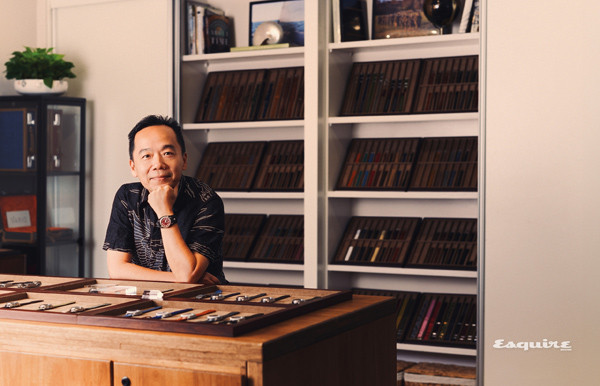
Since founding Vario, the biggest sacrifice Ivan Chua has made is his own collection of watches. At home, he has a dozen quartz pieces awaiting new batteries, and vintage timepieces that desperately need winding. But these days, his time goes into making sure others get to enjoy and admire their own collections.
Previously a motion graphics designer at a cable televisioncompany, Chua started Vario in 2016 after experiencing phone fatigue—he’d relied on his phone for too many things. So he dusted off an old watch and began using it to tell time again. Something clicked, one thing led to another, and Vario happened.
Eight years later, Chua is one of the rare founders running a micro watch brand in Singapore without the fallback of a day job. No safety net, but also no distractions. In fact, he even has a newly opened showroom tucked away quietly in Orchard Plaza, which was where we met.
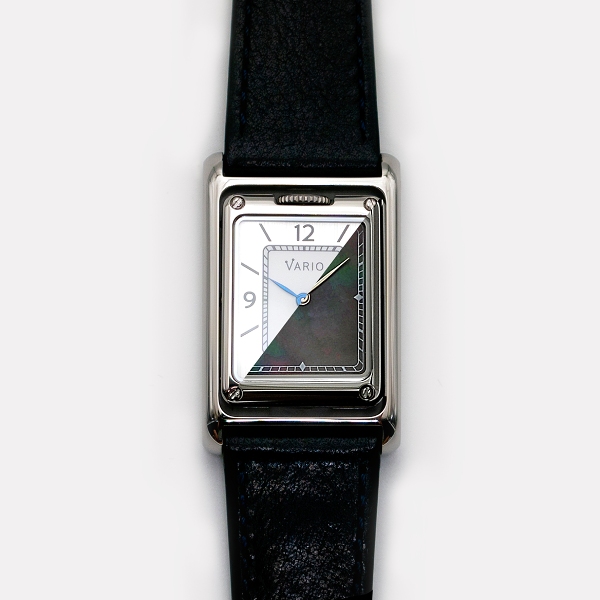
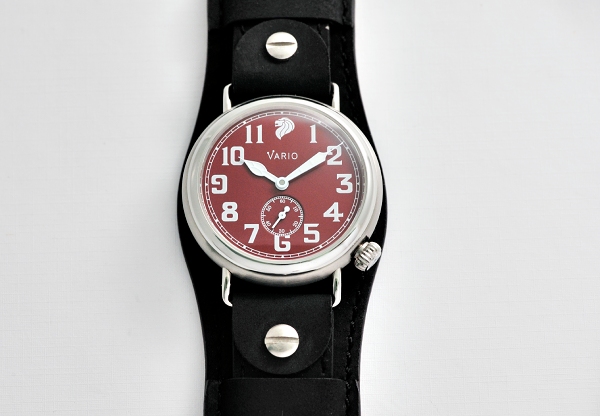
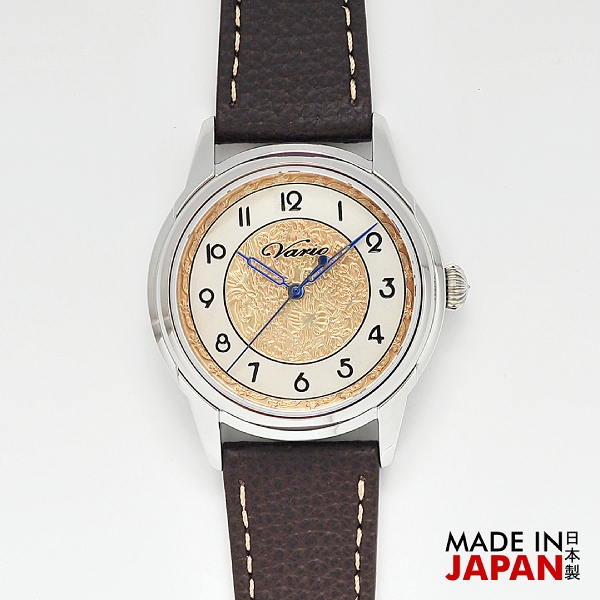
Vario has a healthy diet in its lineup, spanning Art Deco-inspired pieces to WW1 trench watches (their most popular collection). But every now and then, Chua releases limited-edition pieces inspired by Singapore, hoping to stir a little pride among locals. I got to see a few—there’s one featuring a pilot commemorating the first landing in Singapore in 1919, and another etched with the silhouette of the modern SAF soldier on its case back.
For SG60, Chua designed a limited-edition Merlion Trench Watch to commemorate, blending the brand’s emblematic WW1 inspired-trench strap and a vibrant red enamel dial. But here’s the kicker: Singapore, he tells me, ranks only fifth in Vario’s global sales, behind markets like Europe and America. And we’ve been slowly slipping down the charts for years now. The market for the watch is small, but I get the sense that Chua is doing this for more than just the margins.
“We wanted the world to know that we are a Singaporean brand. That these are the stories from Singapore.”
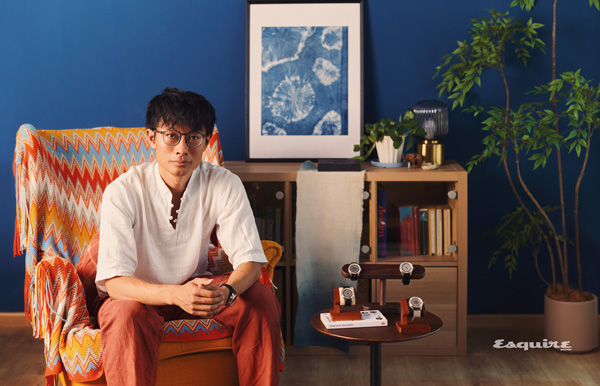
When David Sze was younger, his mom would let him doodle on concrete walls in their house. When he grew older, he’d go to Kinokuniya, flipping through product design books. Eventually, in junior college, he flirted with the idea of becoming an architect.
Design had always circled around Sze—that was until The Huffington Post came calling with a job offer as a research editor in New York. The stint was short—only a year—and judging by the way he tells it as we sat at the dining table of his apartment, it wasn’t very favourable.
So he returned, not just to Singapore, but to what he always wanted to do: designing. It was a leap that was admittedly extremely daunting. Considering how many of his peers had gone on to become doctors, lawyers and have PhDs—there were many sleepless nights of existential anxiety of an unknown future.
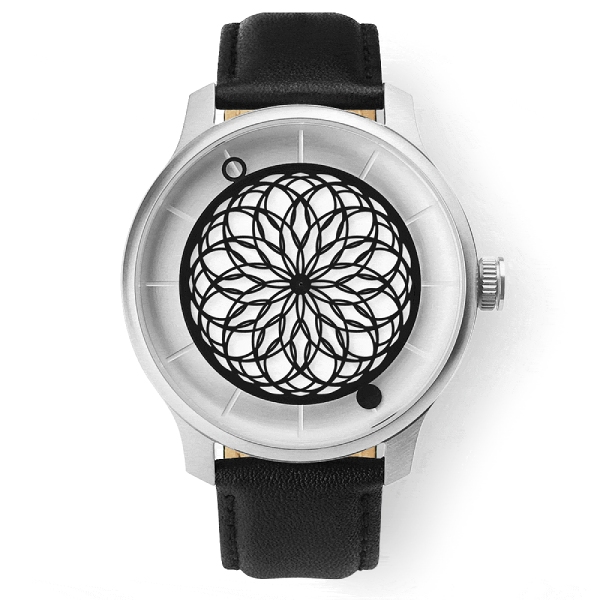
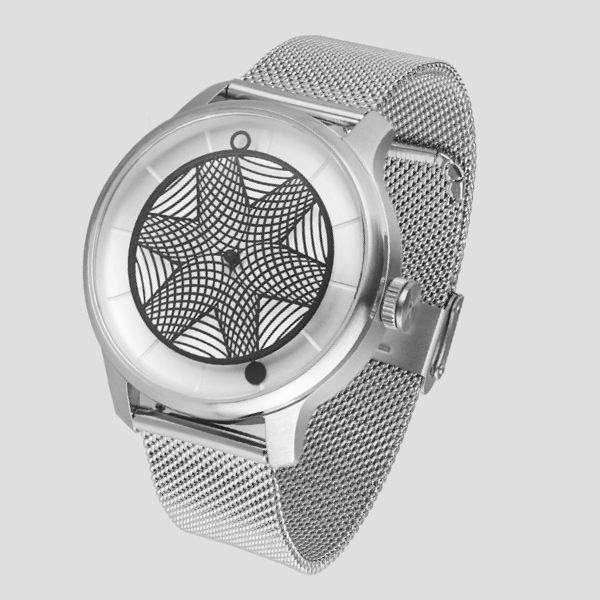
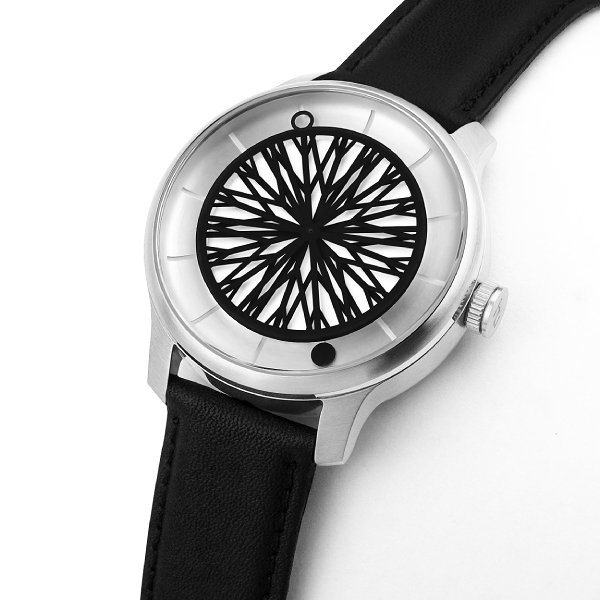
In the beginning, he was neutral about watches, thought they were a fun medium to design and experiment with. But then one day, a customer messaged him saying that he had dropped his watch and needed a repair. Nothing new—until he added that the watch was a memento from his father, who had died in a car accident.
That completely changed how Sze looked at his watches, which he used to ship out in blank slates. How a watch could soak up someone’s grief, someone’s love, so much life. “There’s a lot of responsibility,” he told me, “to handle each watch well and get it to the end consumer, and let that watch take on that significance and meaning.”
“I don't want my watch to be something that just shouts a number at you. Instead, when you look at it, hopefully you look at the beauty of passing time.”
Photography: Jaya Khidir
Assistant: Quek Yu Tong